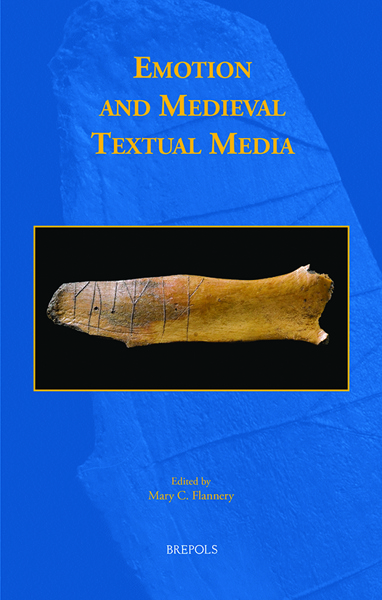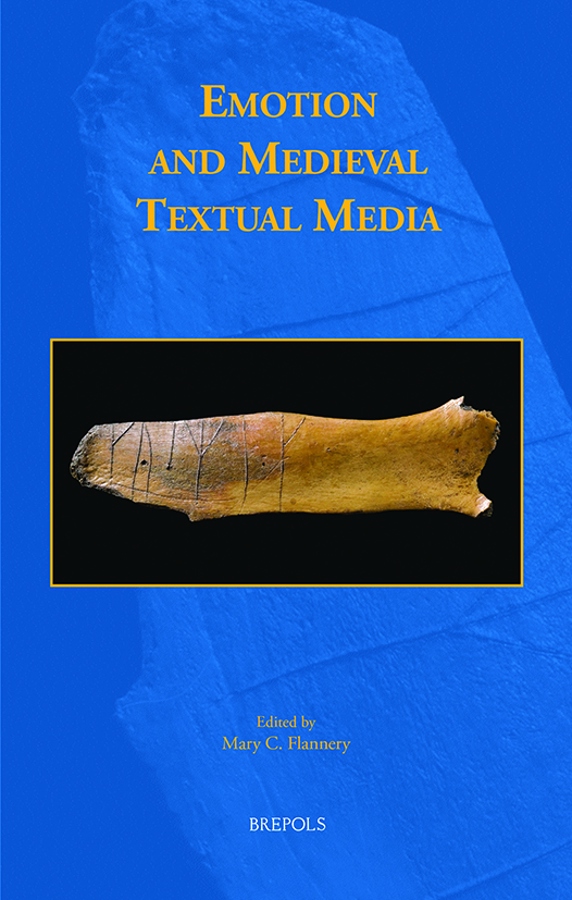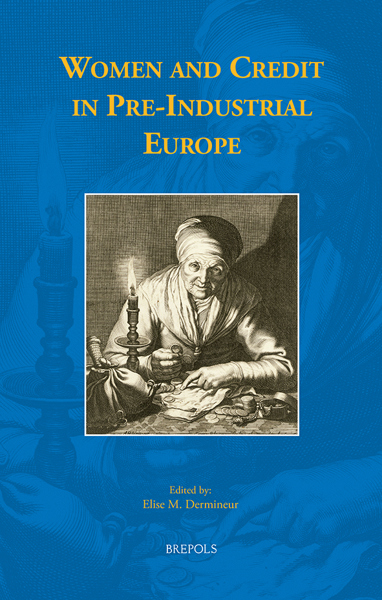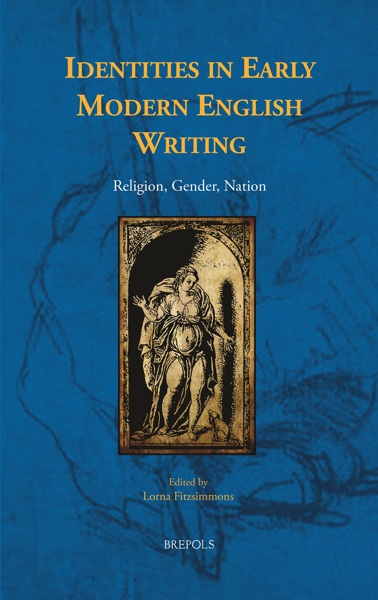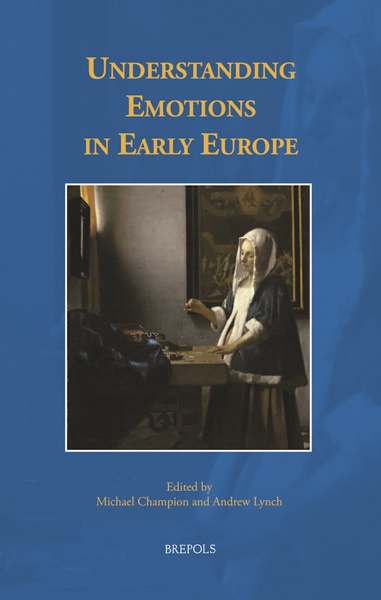
Emotion and Medieval Textual Media
Mary C. Flannery (ed)
- Pages: xii + 280 p.
- Size:156 x 234 mm
- Illustrations:14 b/w, 1 col.
- Language(s):English
- Publication Year:2019
- € 90,00 EXCL. VAT RETAIL PRICE
- ISBN: 978-2-503-57781-4
- Hardback
- Available
- € 90,00 EXCL. VAT RETAIL PRICE
- ISBN: 978-2-503-57782-1
- E-book
- Available
A collection of essays exploring how medieval theories of emotion and cognition inform the creation and reception of various artefacts, and how attention to a variety of media can reshape the study of medieval emotion.
“In sum, this is a well-edited and rewarding collection. It has most to say to how textual compilation, adaptation, copying, and annotation can scaffold emotional practice, especially affective piety.” (Alice Jorgensen, in The Medieval Review, 25/06/2020)
Mary C. Flannery is a lecturer in medieval English at the University of Lausanne. Her first monograph, John Lydgate and the Poetics of Fame (2012), focused on the works of fifteenth-century England’s greatest poet. She co-edited The Culture of Inquisition in Medieval England (2013) and Spaces for Reading in Later Medieval England (2016), and has published widely on medieval English literature and on the history of emotions.
Text is one of the most valuable and plentiful sources of information available to scholars interested in medieval emotion. The medieval world may have vanished centuries ago, and its human subjects with it, but a wealth of textual traces remains: sermons, romances, poems, plays, treatises, songs, inscriptions, graffiti, and much more. But how is emotion communicated and shaped by these different textual forms? That is the question at the heart of this collection of essays, which aims to open up our sense of what texts can contribute to the history of emotions by considering the variety of ways that texts can function as vehicles — media — for emotion.
The essays in this volume examine how literary and dramatic texts, chant, manuscript annotations, and material inscriptions mediate emotion — how they bring it about, communicate it, process it, and shape it via forms that act on various senses. Ranging between the eighth and fifteenth centuries and comprising contributions from scholars of musicology, Old English and Old Norse studies, material culture, Middle English literature, drama, and manuscript studies, the essays contained in this volume serve as a window onto the complex relationship between emotions and different textual forms.
Acknowledgements
List of Abbreviations
List of Illustrations
Introduction: Medieval Emotion and Texts as/in Media — MARY C. FLANNERY
Moved by Music: Problems in Approaching Emotional Expression in Gregorian Chant — DANIEL J. DICENSO
Swelling in Anger: Somatic Descriptors in Old English and Old Norse Literature — SARAH BACCIANTI
Lancelot in the Friend Zone: Strategies for Offering and Limiting Affection in the Stanzaic Morte Arthur — AMY BROWN
Interfaith Empathy and the Formation of Romance — MARCEL ELIAS
‘Think of me, I think of you. Love me, I love you’: The Role of Runic Sticks in the Formation and Maintenance of Emotional Bonds in Medieval Norway (c.1000-1300) — KIMBERLEY-JOY KNIGHT
Spiritual Comfort and Reasonable Feeling: Annotating The Chastising of God’s Children in Oxford, Bodleian Library, MS Rawlinson C 57 — MARLEEN CRÉ
The Materiality of Metaphors: Why the Affectus Needs Shoes in The Doctrine of the Hert — SARAH BRAZIL
Guided Emotional Response in A Talkyng of the Love of God and The Tretyse of Love — DIANA DENISSEN
Playing for Emotion: Middle English Abraham and Isaac Plays — CHARLOTTE STEENBRUGGE
‘The Weder is Went’: Emotional Form in a Middle English Carol — SEETA CHAGANTI
Afterword — RITA COPELAND
Index
